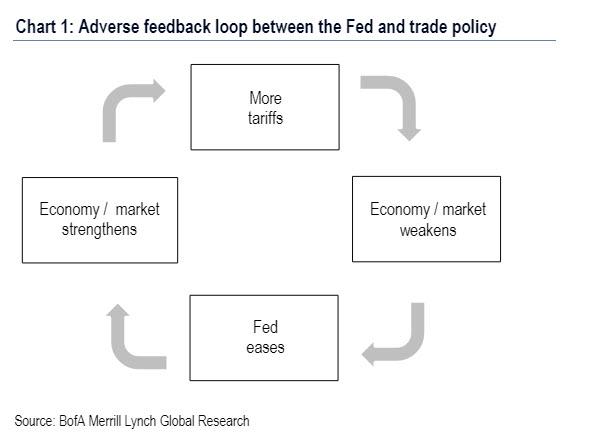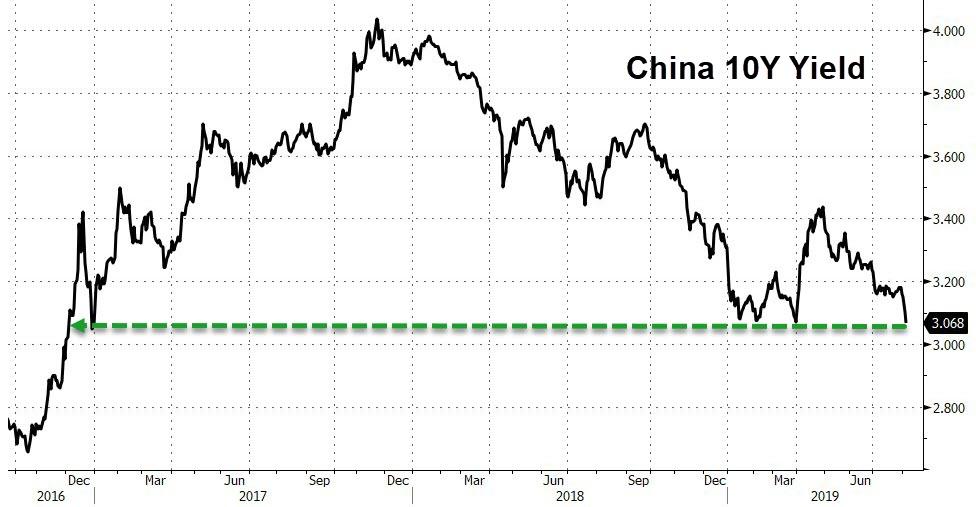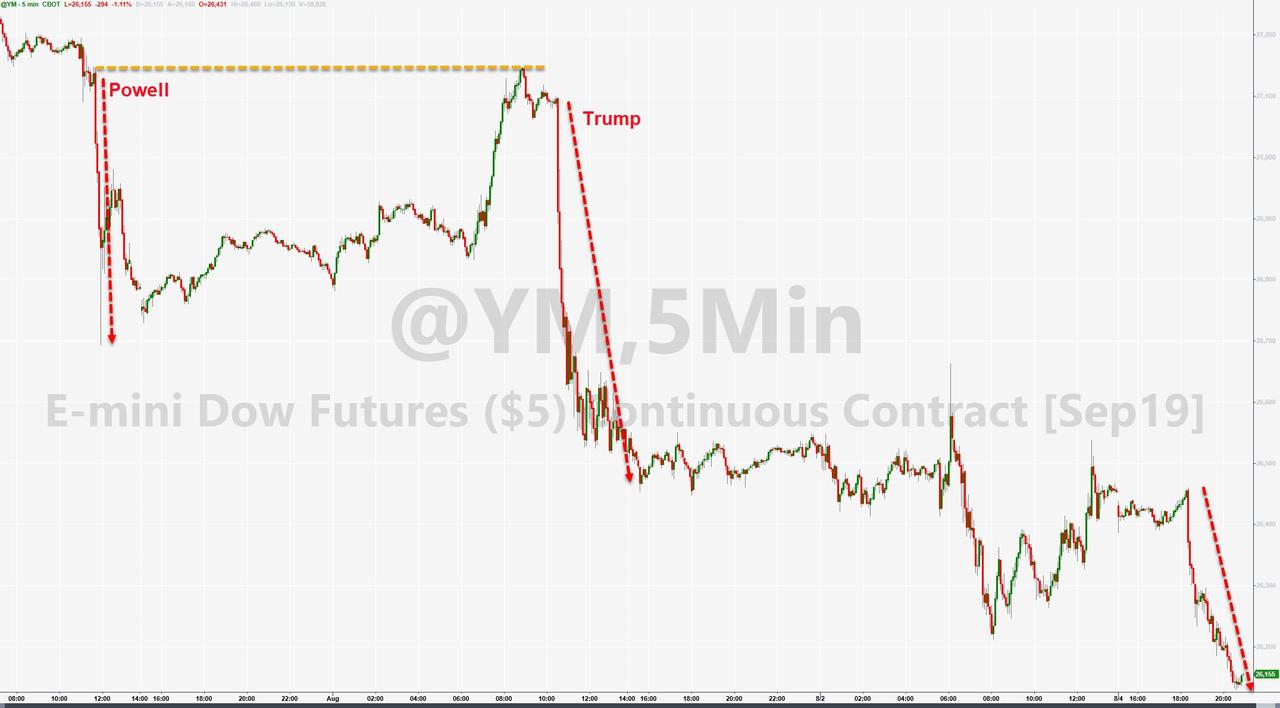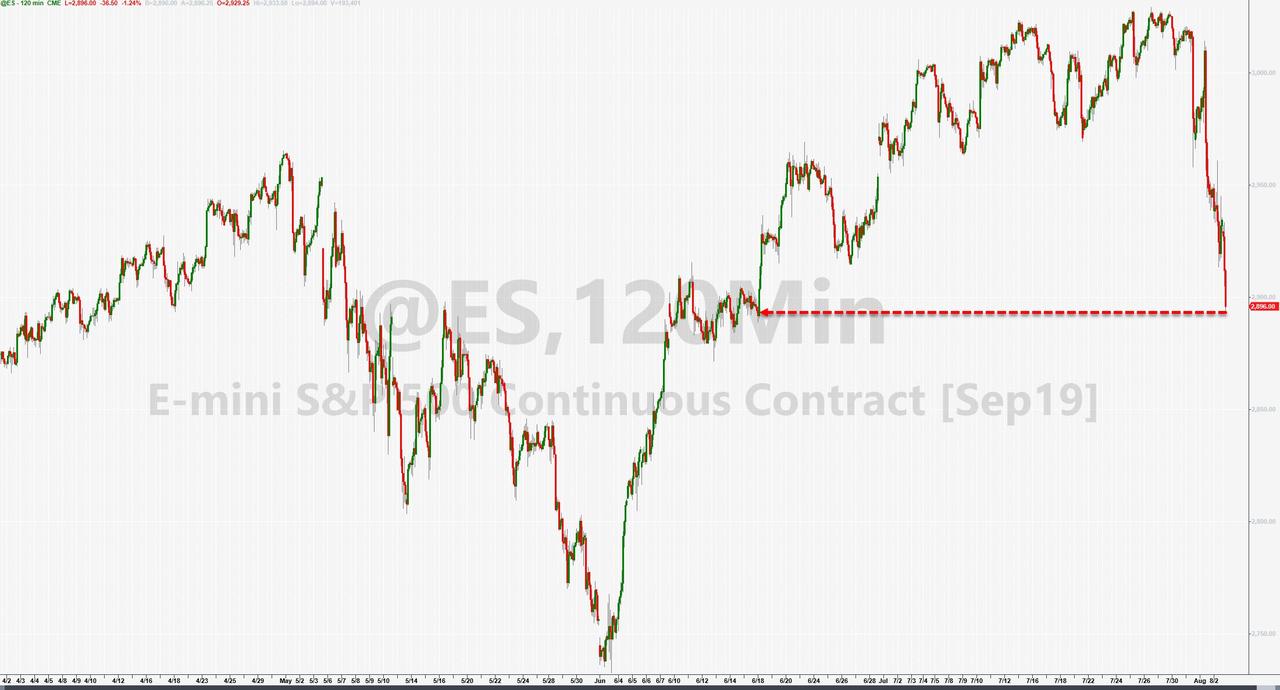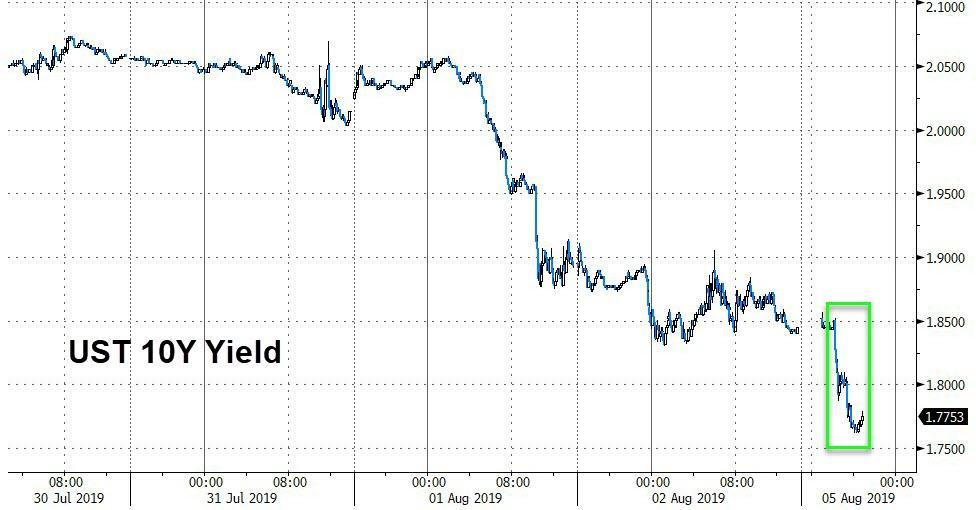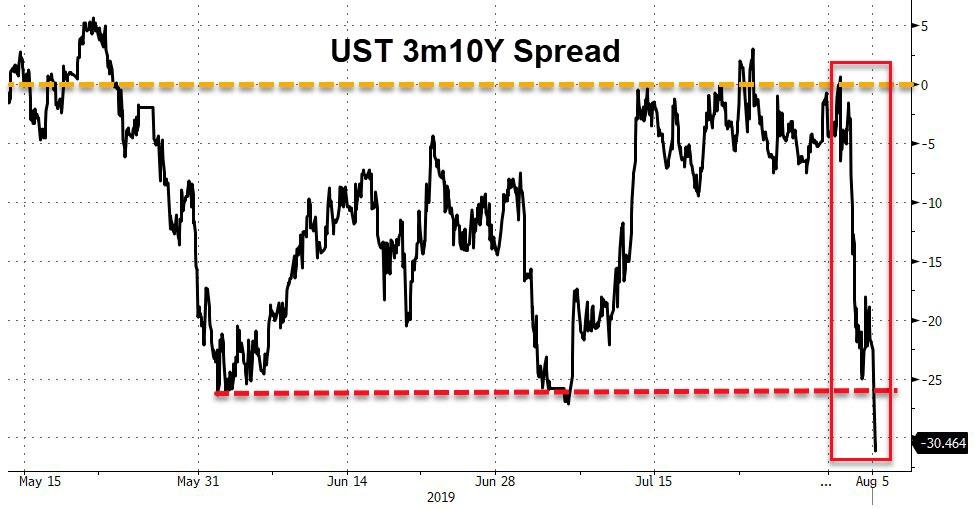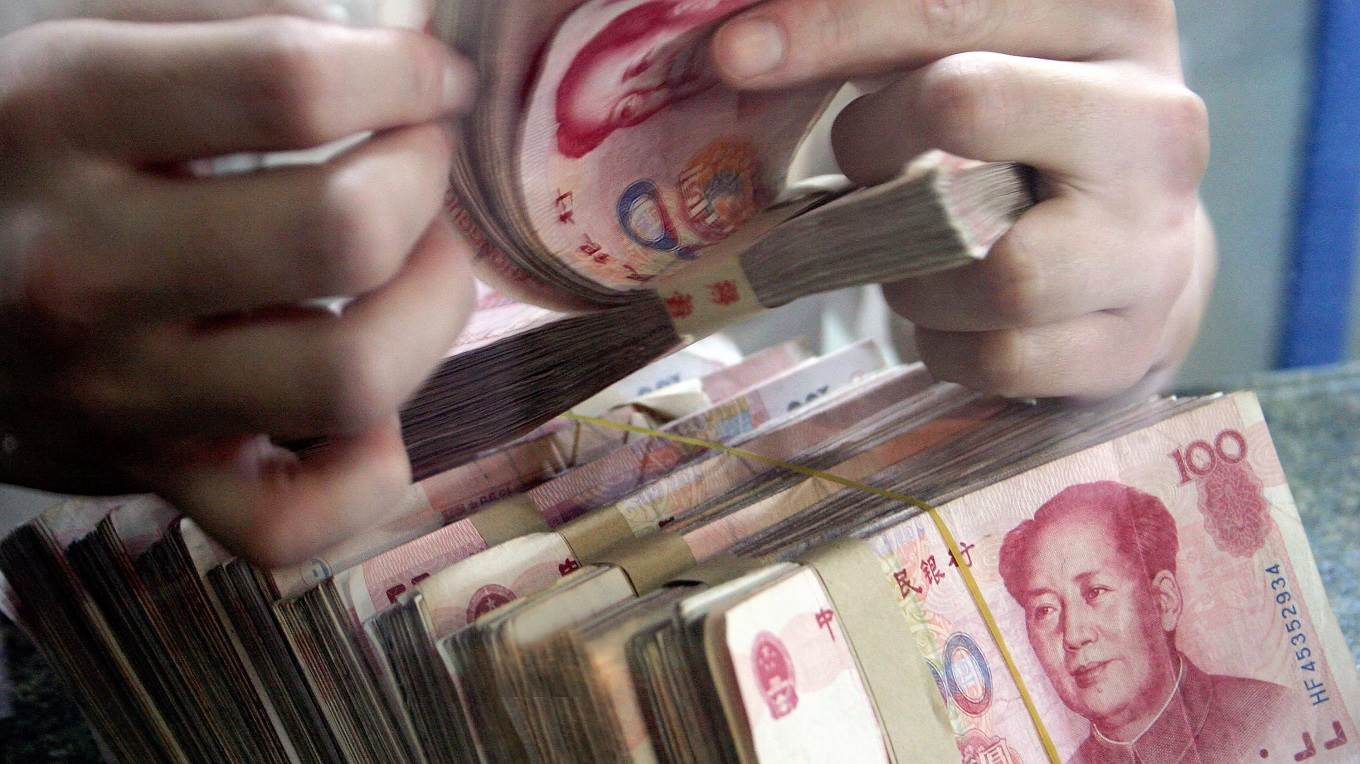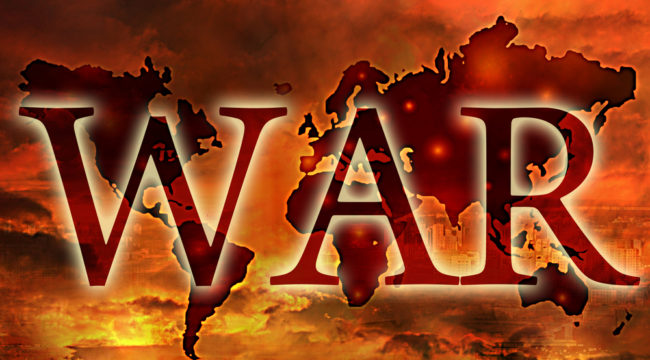When a country (USA) is losing many billions of dollars on trade with virtually every country it does business with, trade wars are good, and easy to win. Example, when we are down $100 billion with a certain country and they get cute, don’t trade anymore-we win big. It’s easy!
Trade Wars Easy to Win
Trump’s “logic” rests on the notion that China has a huge trade surplus and the US can hurt China more than China can hurt the US.
Such logic is seriously misguided.
- Trade is not a zero sum game. One does not gain by losing less. Losing is losing.
- Yes, Trump is correct that the US can place more tariffs on Chinese goods than China can place on US goods. However, Trump cannot ignore US farmers, but the unelected leaders in China can suppress all dissent.
- The US dollar floats, the Renmimbi (Yuan) doesn’t. Thus, China can manipulate it currency, albeit with risks of capital flight, to mitigate some or all of US tariffs.
Currency charts can be confusing. Sometimes up is down and sometimes down is up, It depends on which currency is fist. The lead chart shows a 7.4% decline in the yuan vs the US dollar since April 16.
Meanwhile the dollar index itself has advanced.
US Dollar Index

Relative to the overall US Dollar Index Weighting, the Yuan has effectively declined 13.8%.
Combined with China’s counter-tariffs on US goods, that relative decline effectively counteracts most, if not all, Trump’s tariffs.
…click on the above link to read the rest of the article…


